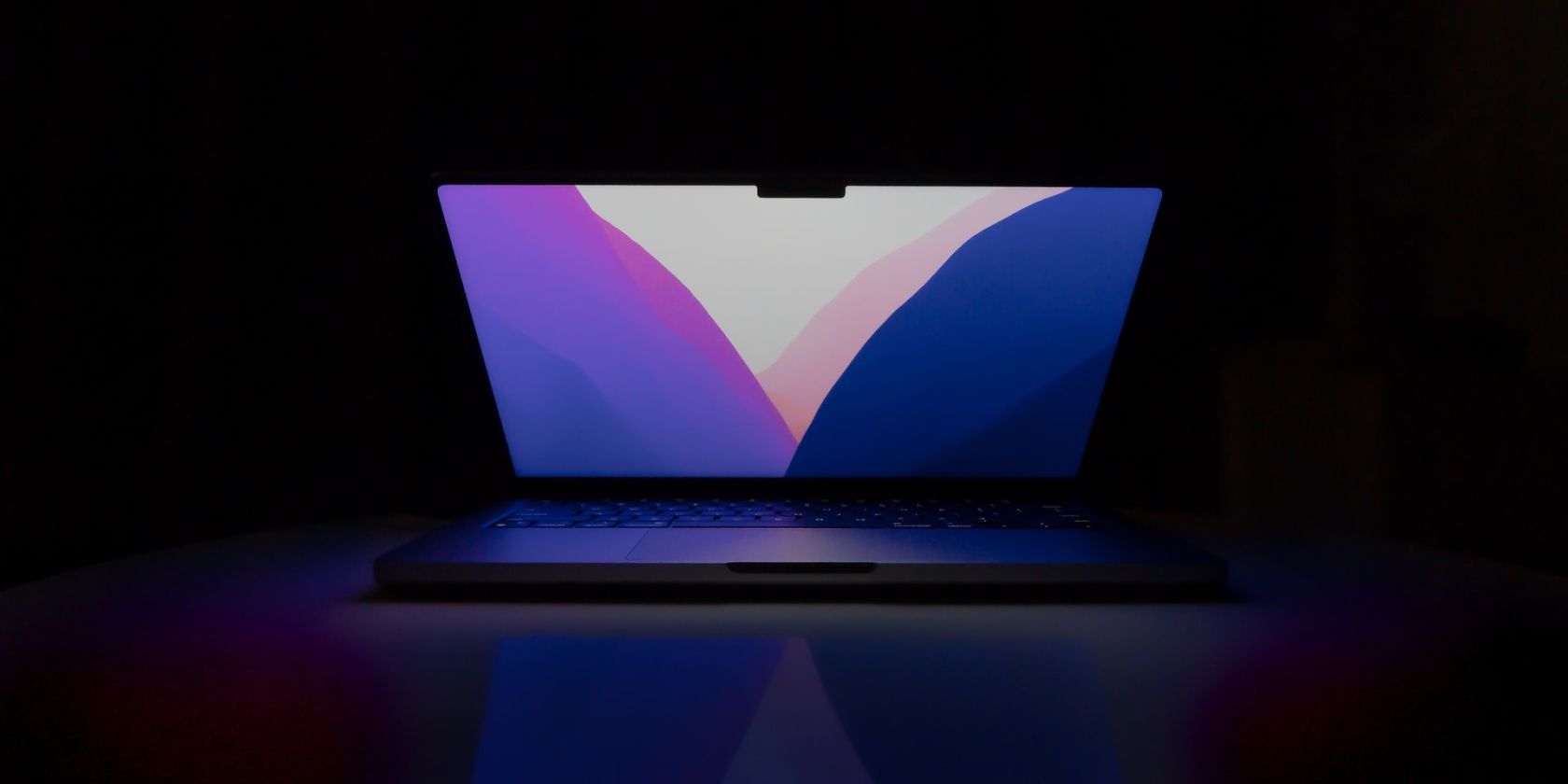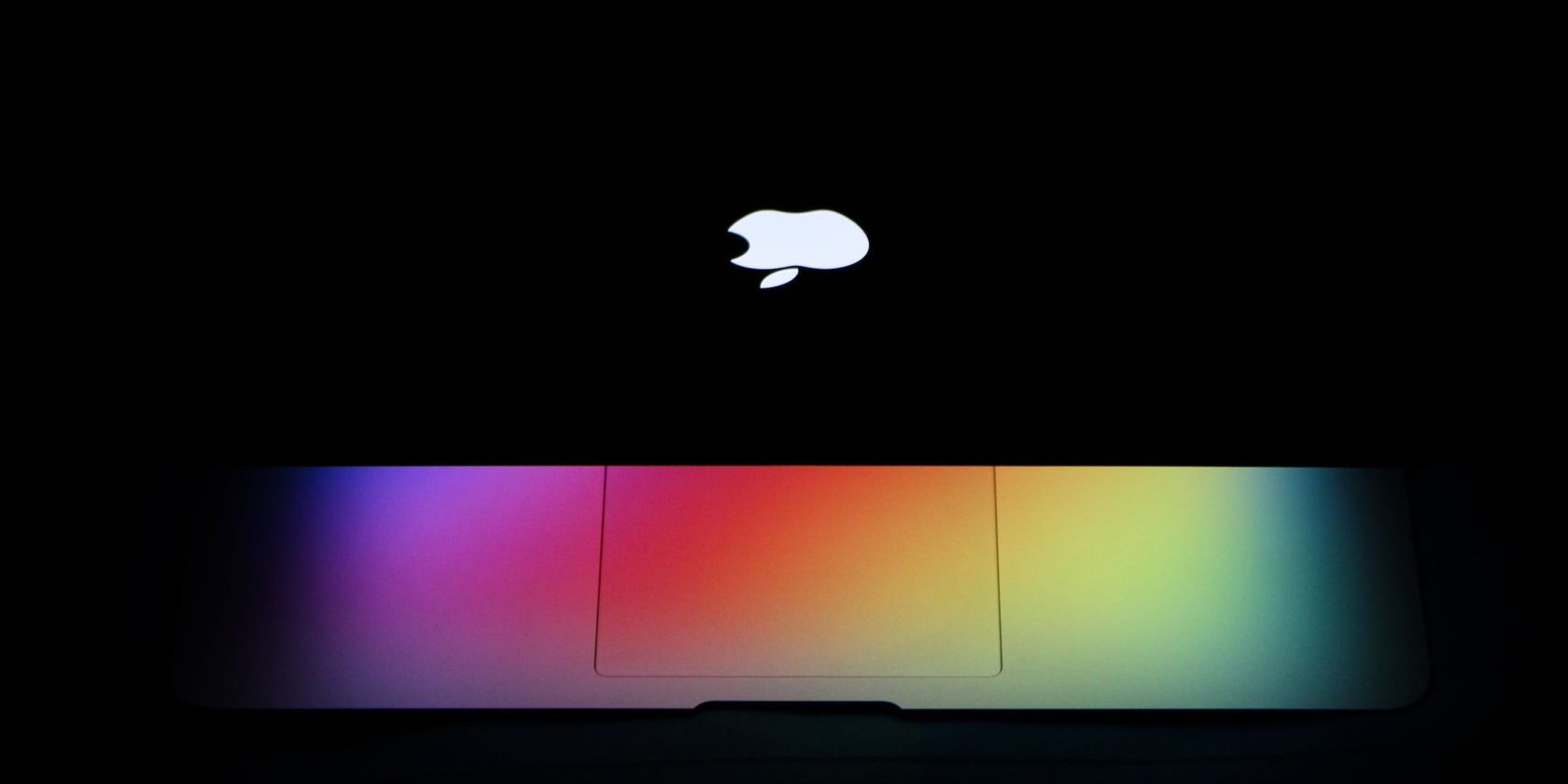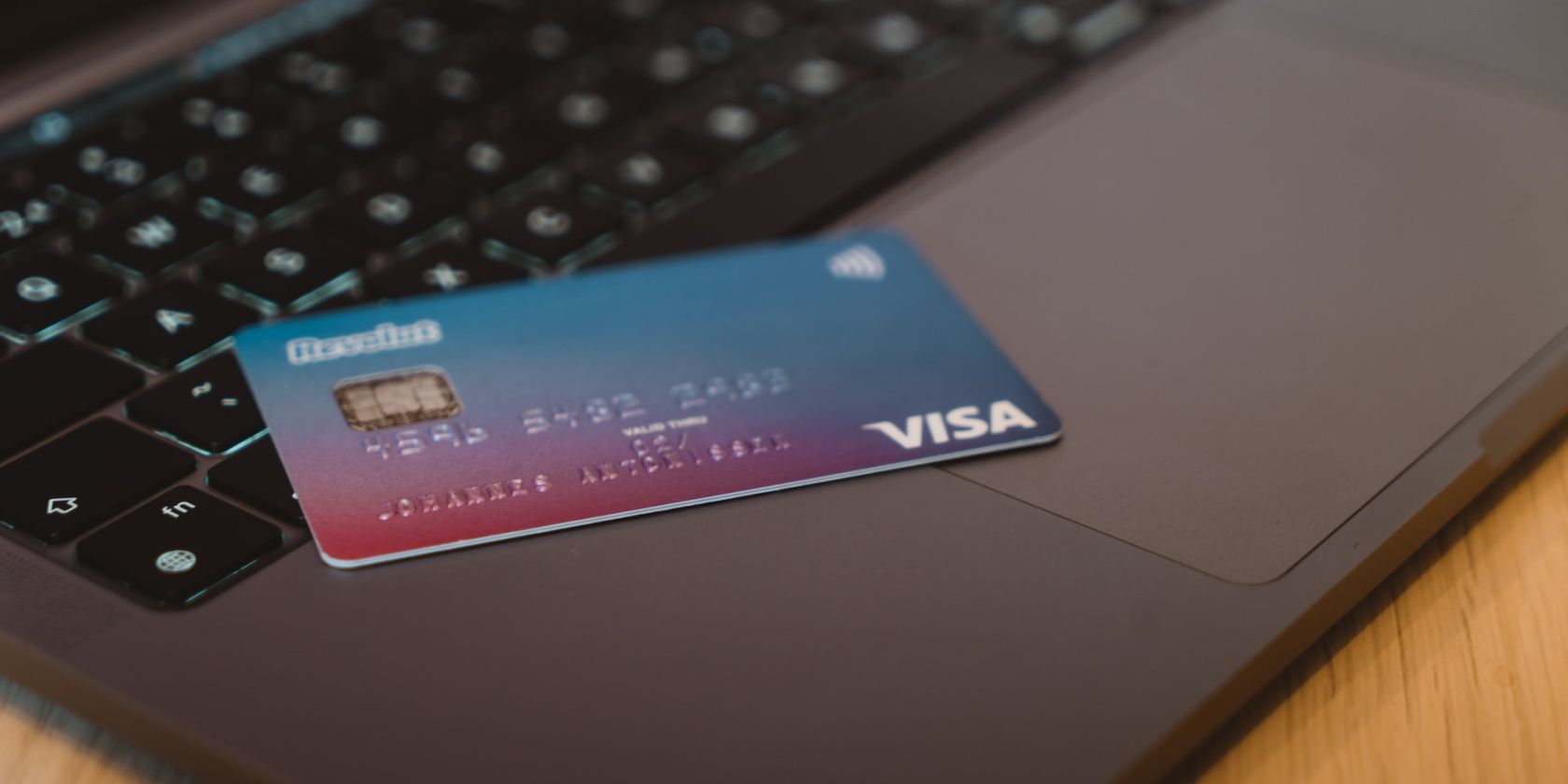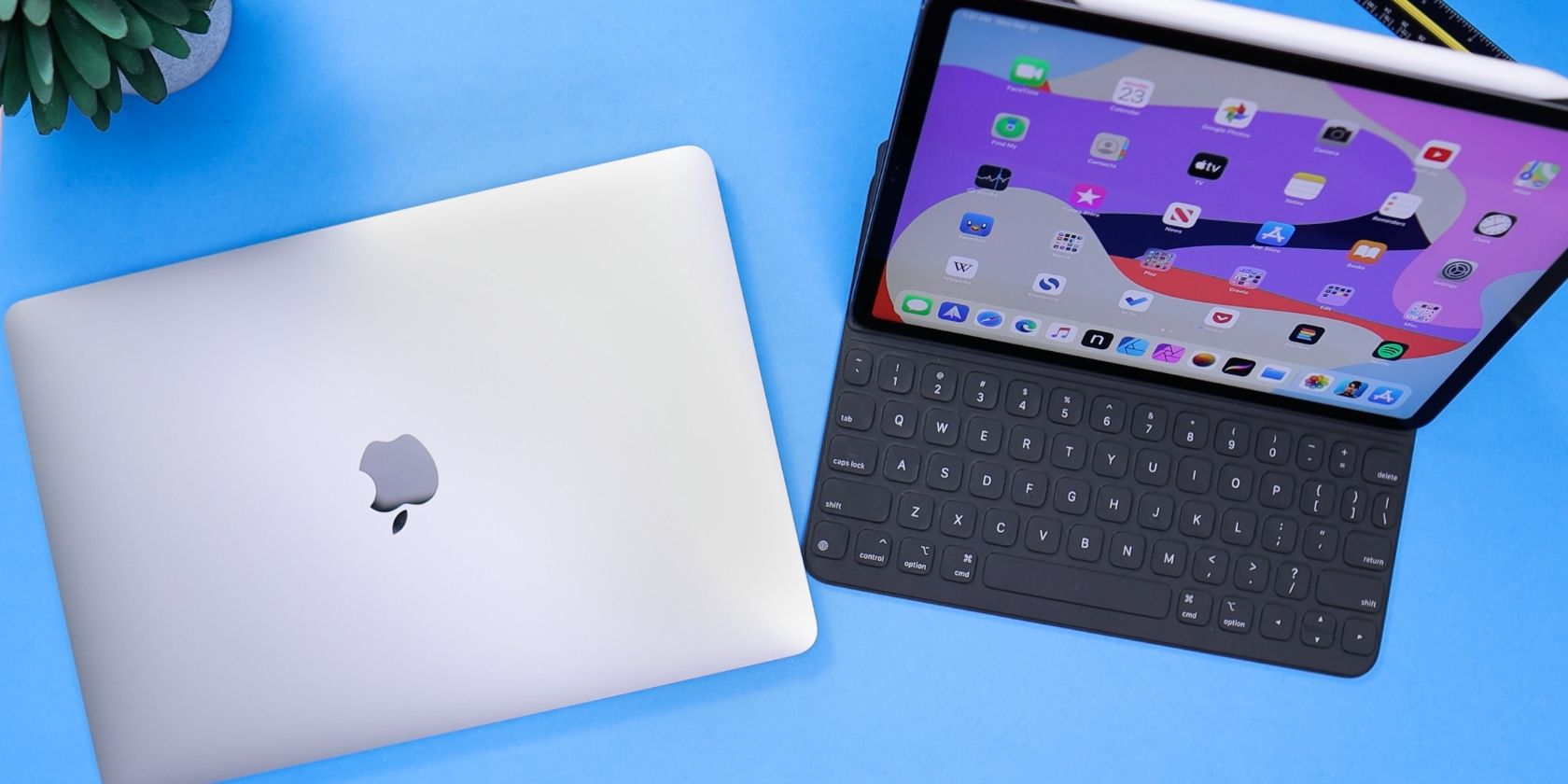Adding touchscreens to personal computers is a topic that witnesses polarizing viewpoints. While some users appreciate the extra functionality, others seem indifferent to its presence. But at the end of the day, more features are always seen as positives for the end consumer.
However, we've often seen Apple hold back in this sense, as it typically ships features a few years after its competition, after having designed them in a way it believes will bring high impact.
Hence, when the talk of a touchscreen Mac came about, we wondered, will Apple ever make one? And here are our thoughts.
Apple Is Reportedly Working on a Touchscreen MacBook
According to a report via Mark Gurman at Bloomberg, Apple seems to be working on a touchscreen MacBook Pro for 2025. The addition is said to be a part of a larger upgrade for the laptop lineup, which will also shift away from LCD panels to OLED.
But the core experience is rumored to remain intact as Apple will continue to include a keyboard and trackpad as part of the design, unlike the recently unveiled Lenovo Yoga 9i, one of the eye-catching laptops announced at CES 2023, which ships with two touchscreens instead.
We've seen Apple dismiss the idea of a touchscreen Mac publicly. Hence, if it does decide to walk back on its statements, it will be interesting to see how the implementation will turn out.
How Much Will a Touchscreen MacBook Cost?
Creating a touchscreen laptop comes with two possible paths. One, Apple could just cram a touchscreen into one of its current laptop designs and make the necessary dimensional changes. And the other would be to switch up the design entirely, creating a 2-in-1 variant that's more common when talking of touchscreen laptops.
If Apple chooses the first route, we'd expect the MacBook Pro's baseline price to increase by at least a couple hundred dollars. The 14-inch MacBook Pro already starts at $1,999, so you should be prepared to fork out more for the latest hardware from Apple.
The implementation could also increase repair costs, should any harm come your MacBook's way; this is something we'd say one should be mindful of too.
Should You Wait for a Touchscreen MacBook?
With the timeline and pricing information described above, should you wait for a touchscreen MacBook? Our answer, in this case, would be no.
While it won't be wrong to assume that Apple will implement the feature in a meaningful manner, there are multiple reasons—apart from the increased cost—that make it sensible to get one of the other devices currently available.
First is the time period. 2025 is still two years away, and we probably won't see the laptop at the beginning of the year. In that period, there's a lot more value to gain from buying and using some of the best touchscreen laptops currently available. And don't forget that product plans and ideas can change overnight—remember AirPower?
Secondly, considering this laptop will be a first-generation product, expect teething problems. Also, Apple will have to rework its operating system substantially. So, while running iPhone and iPad apps in macOS would feel more natural on a touchscreen MacBook, the operating system will need some UI overhaul to work with touch inputs. Currently, many system elements are small to target with your fingers.
And lastly, if you have to use a MacBook but feel you need a touchscreen, it's easy to pair an iPad with the laptop via Apple's Sidecar feature; this can open up new avenues. Even the cheapest Apple silicon MacBook Air supports this feature.
A Touchscreen Mac Isn't Absolutely Necessary
The ergonomic downsides of a touchscreen laptop—that doesn't fold like a 2-in-1 option—are very apparent, and it's something Apple has always mentioned as a reason behind its refusal to bring a touchscreen MacBook to market.
Additional factors, like the increased cost for customers, and the existence of the iPad with seamless Continuity features like Universal Control and Sidecar, clearly show that a touchscreen Mac isn't necessary.




